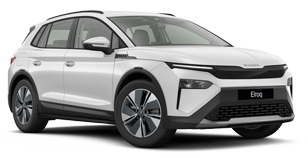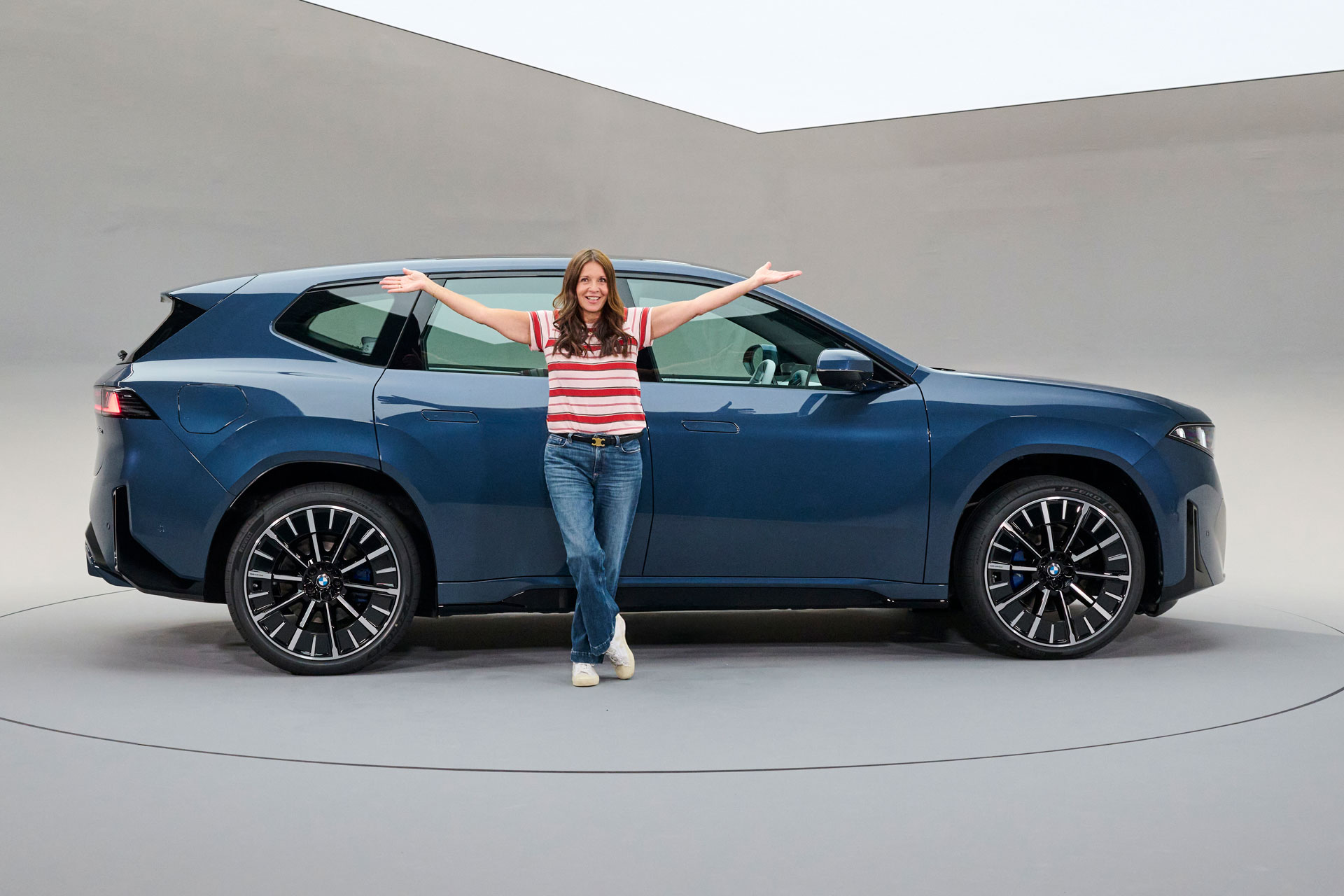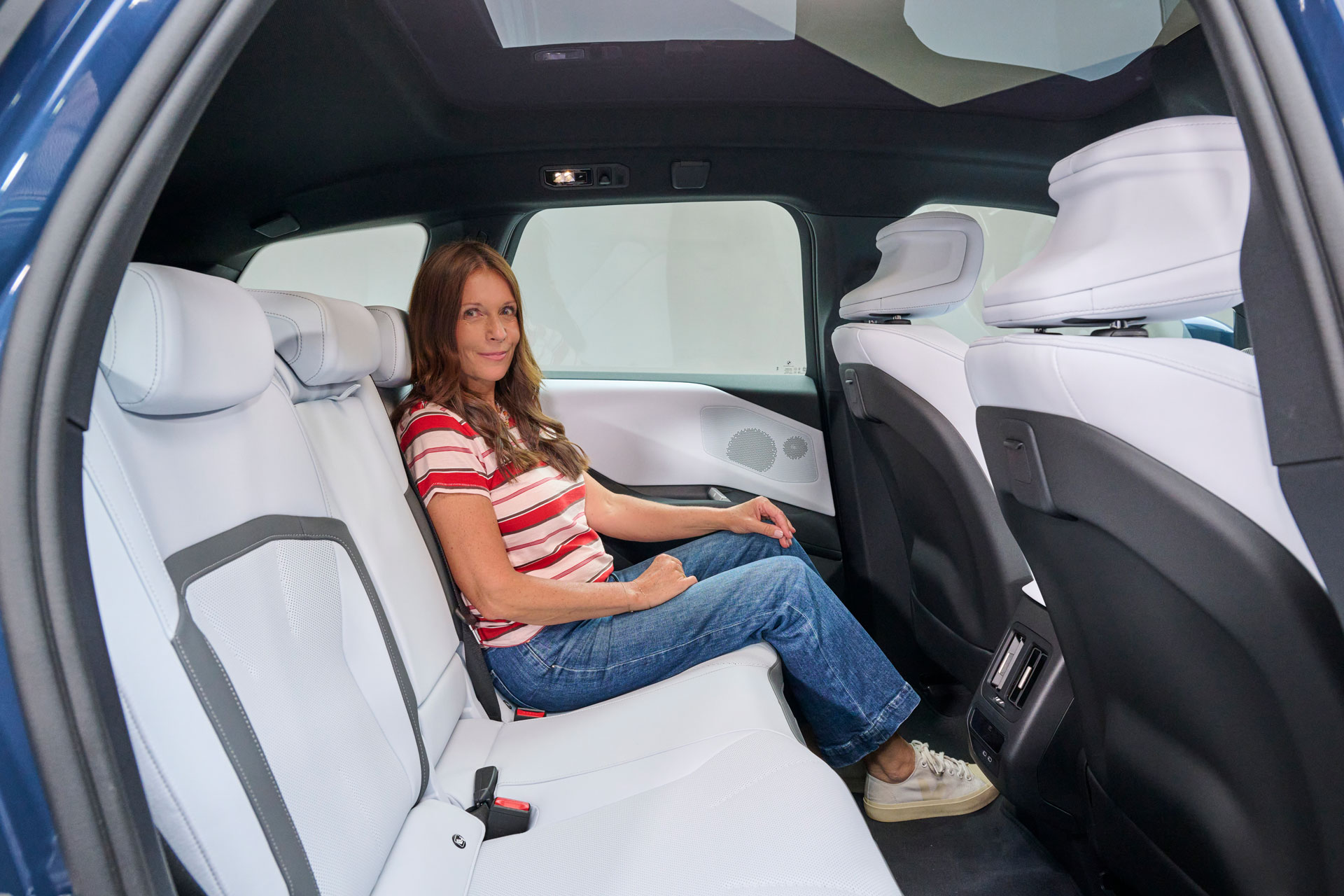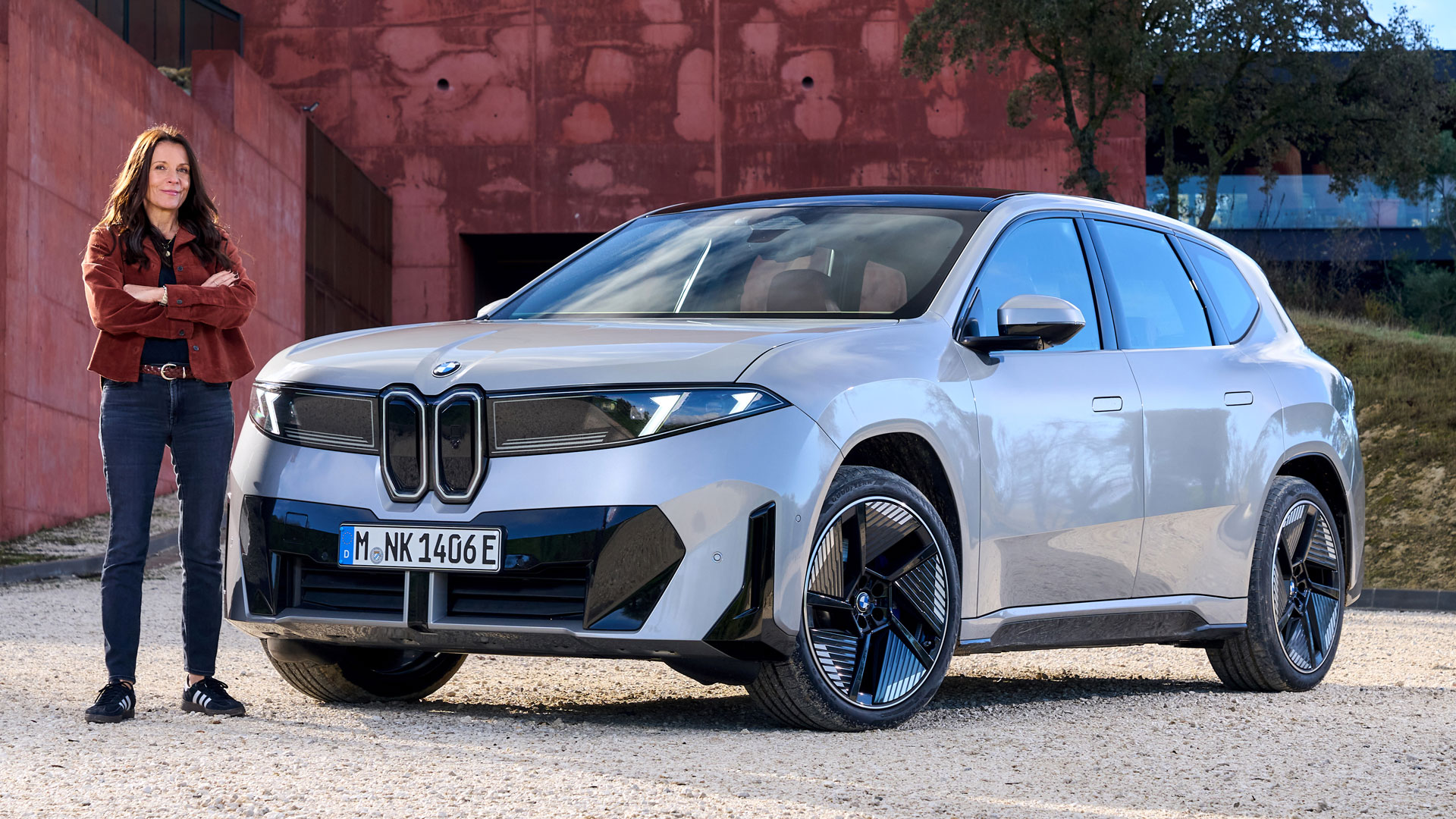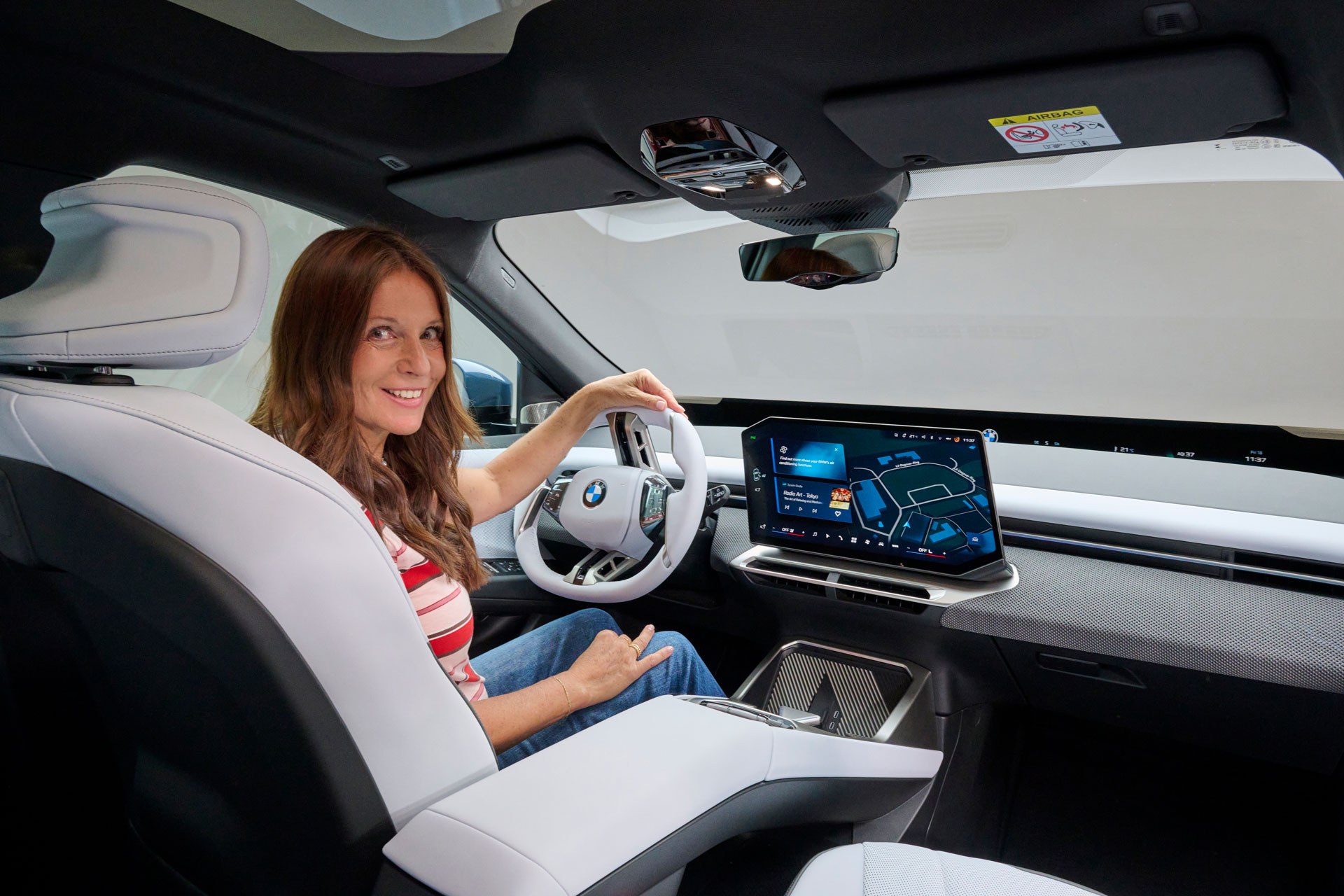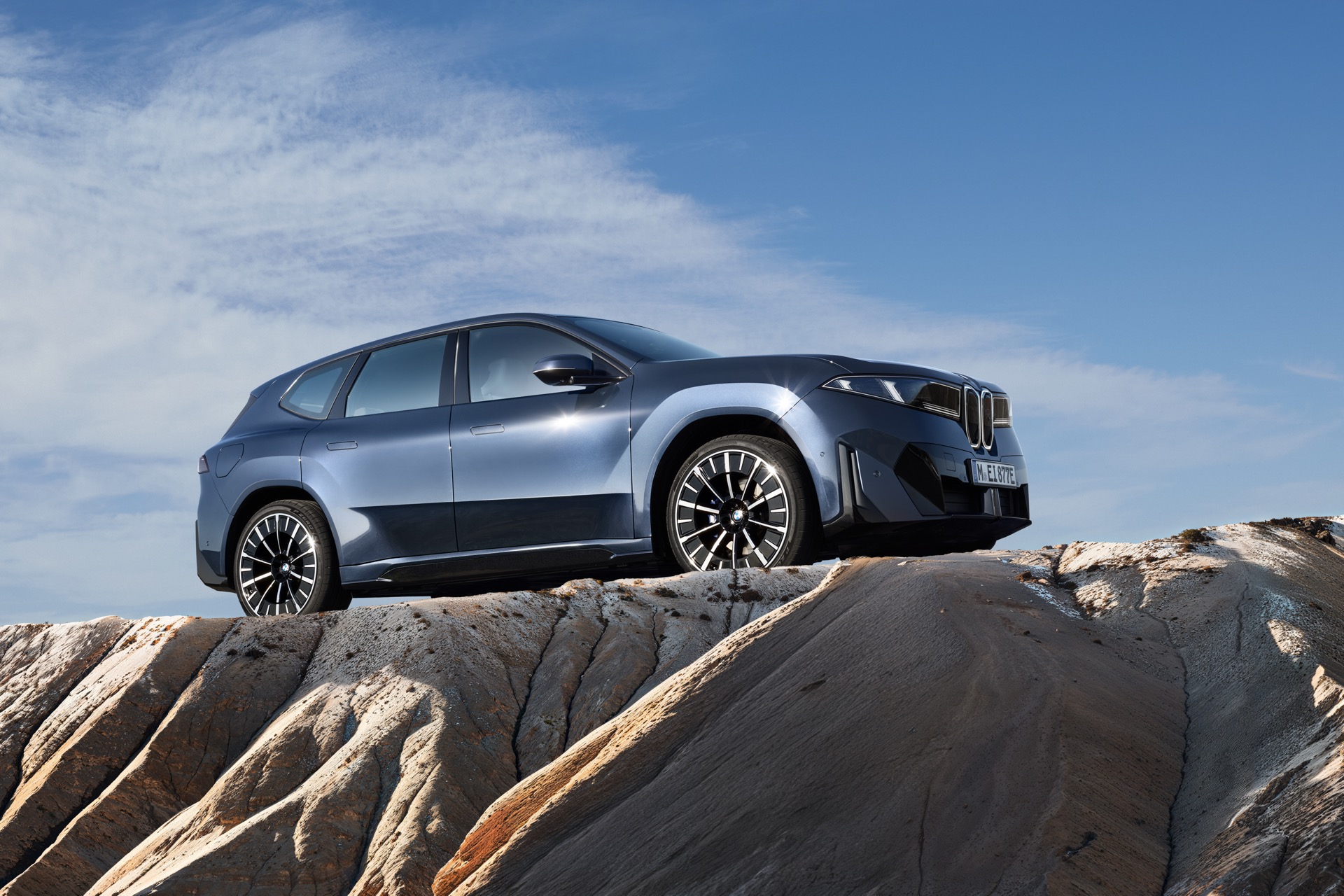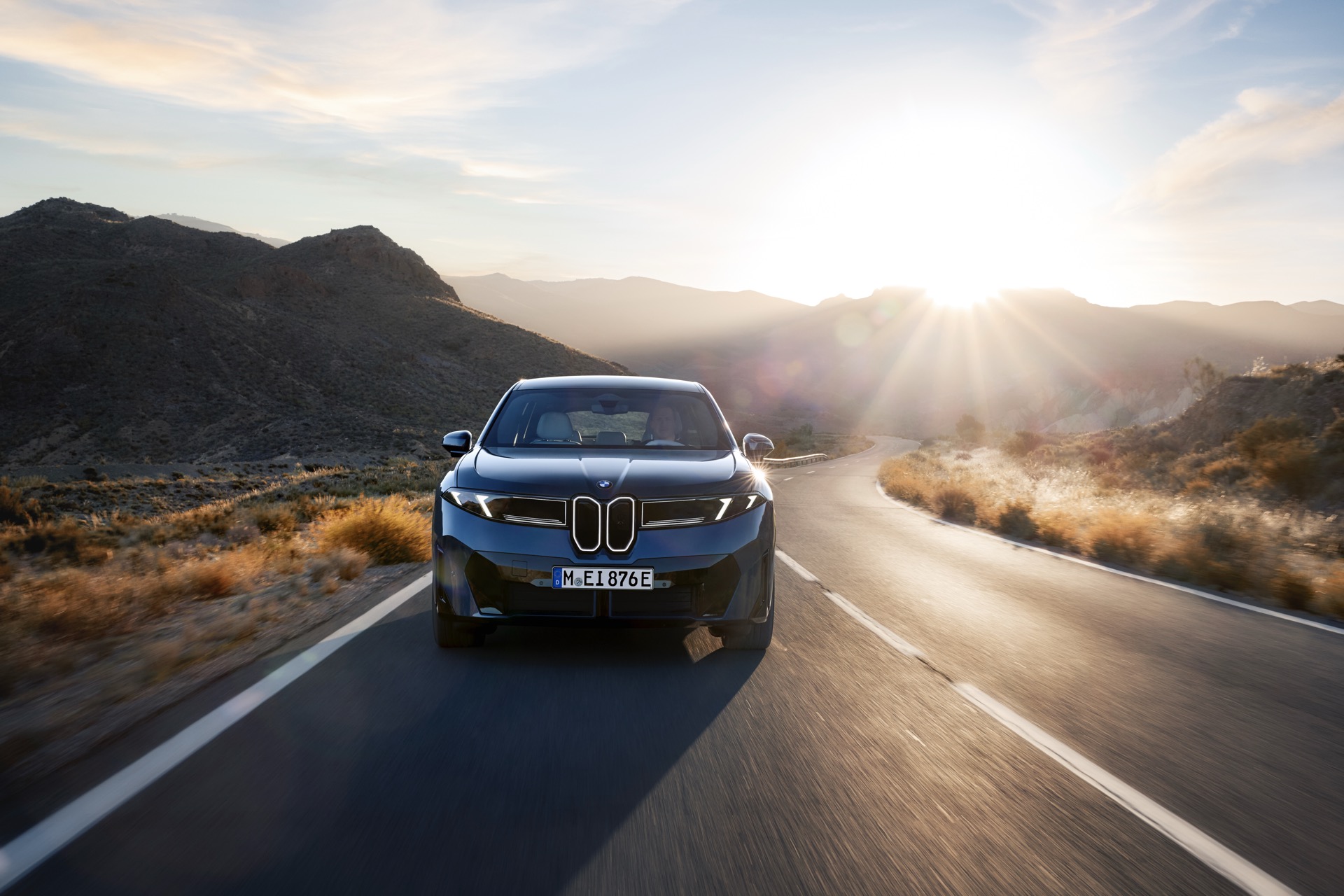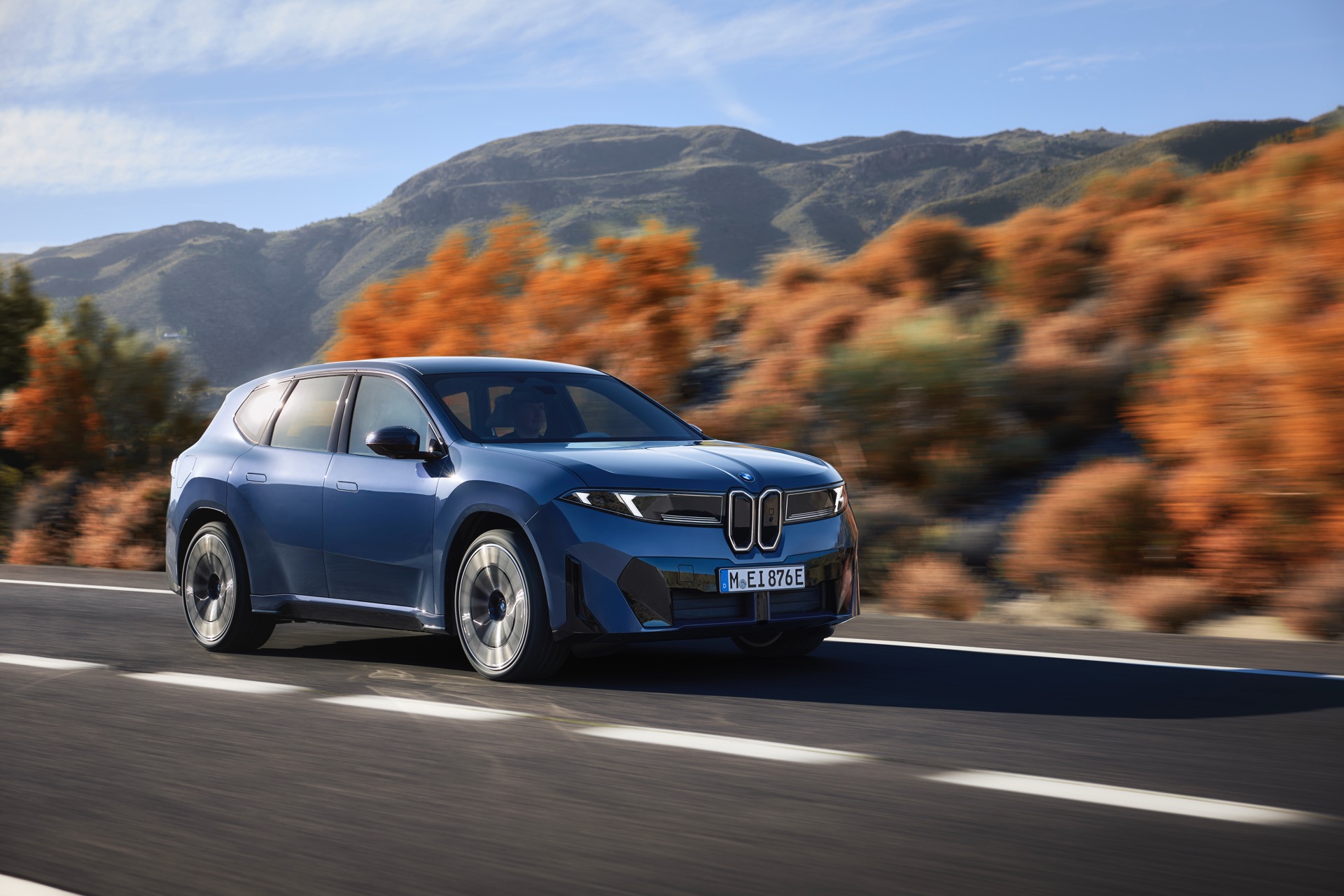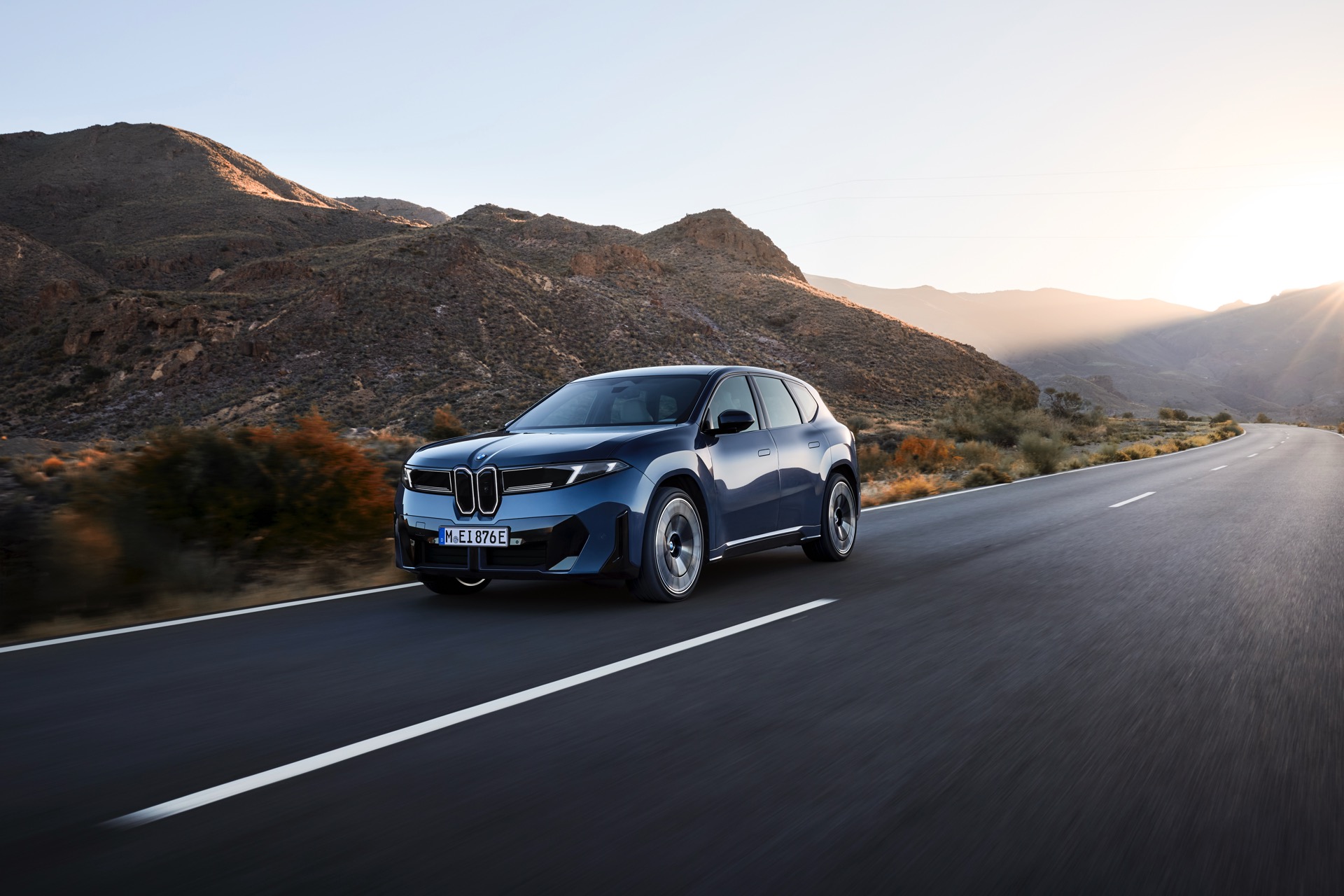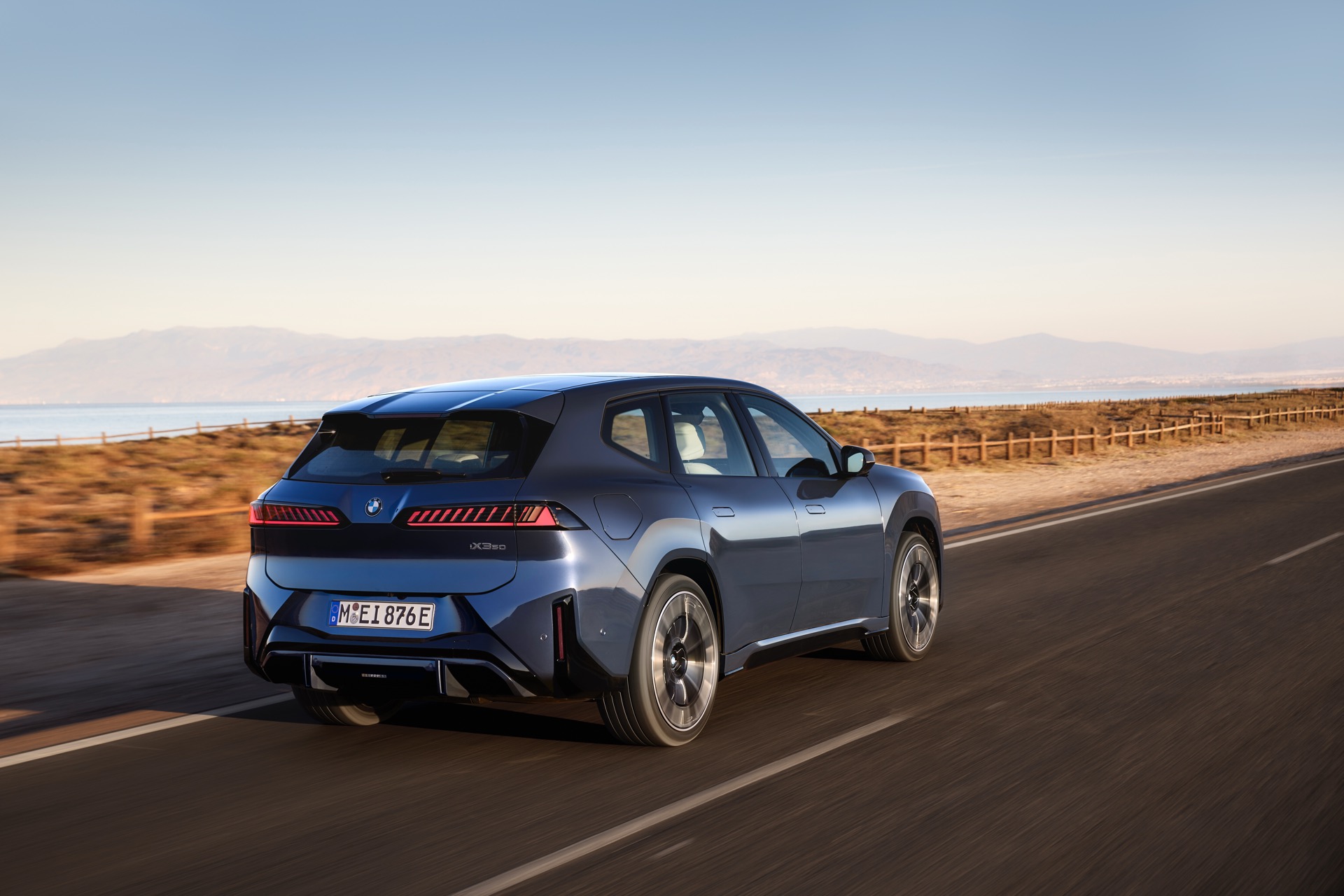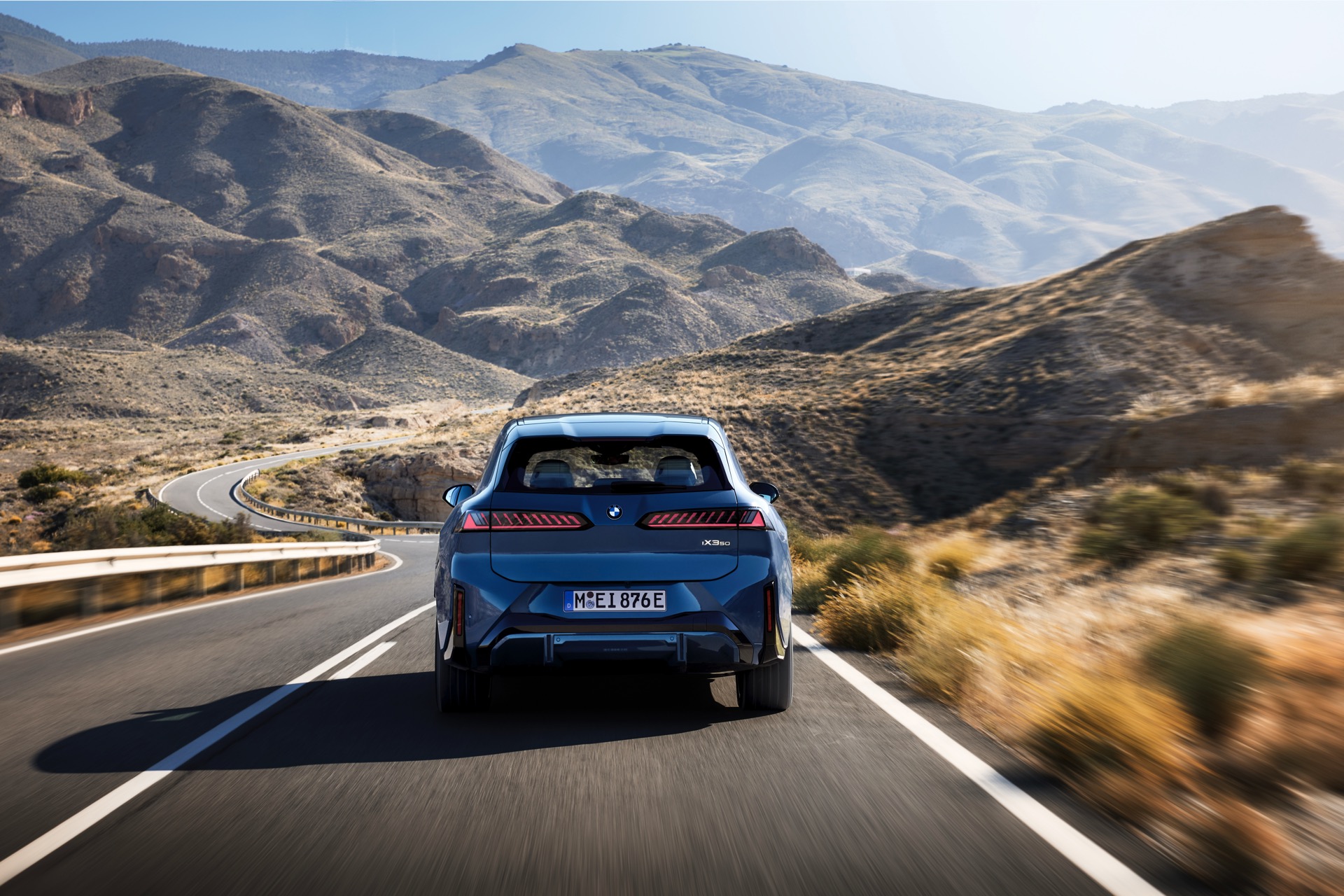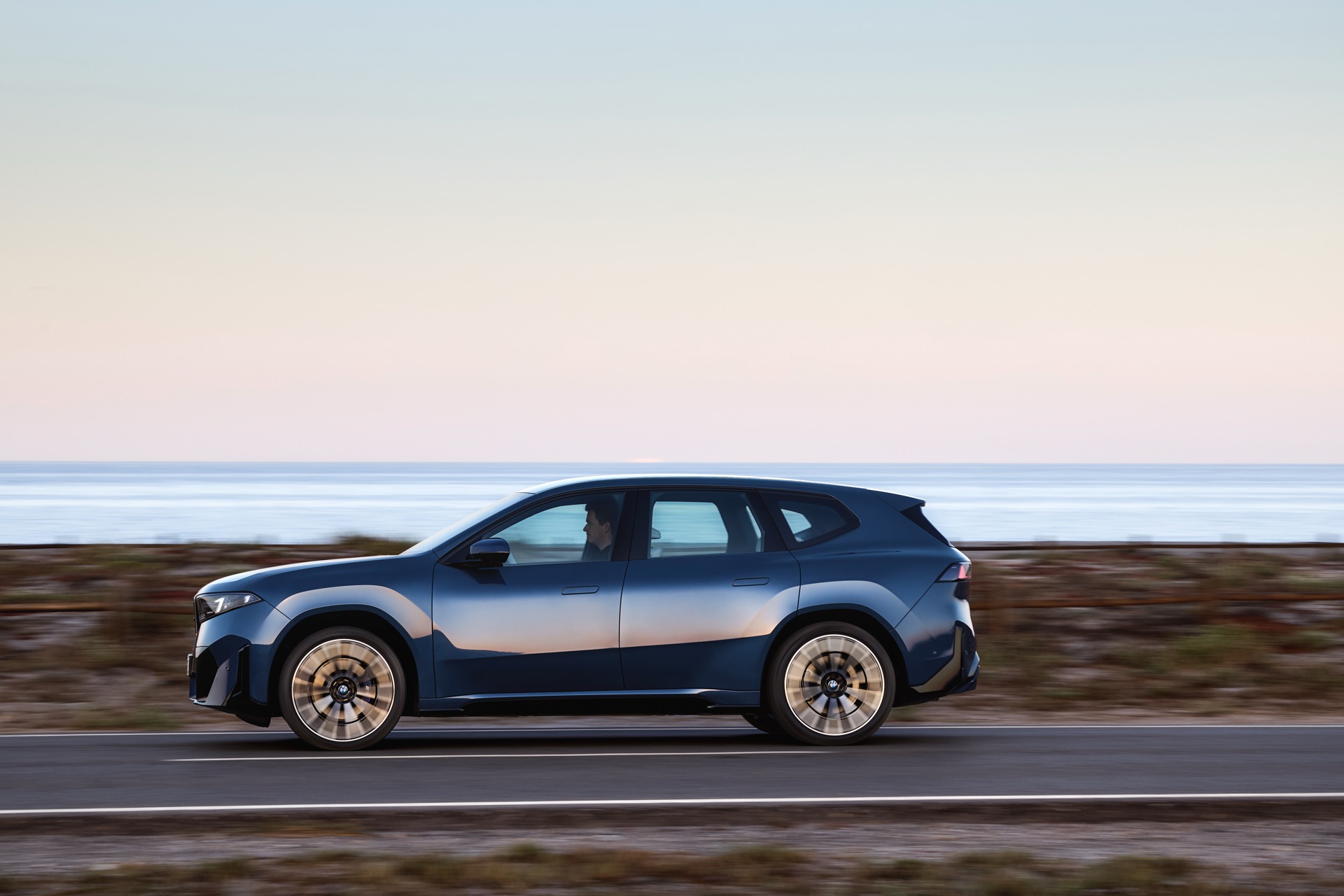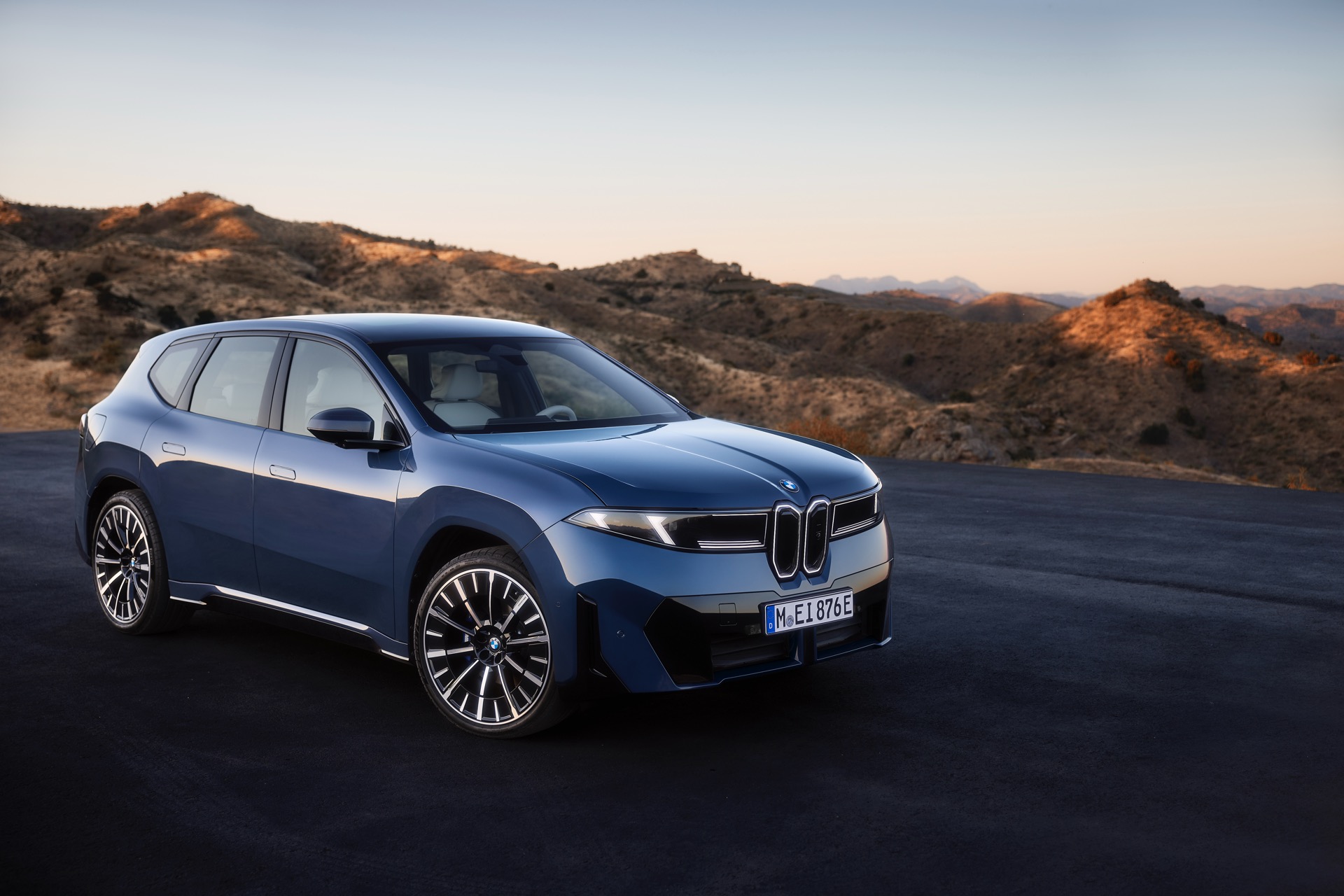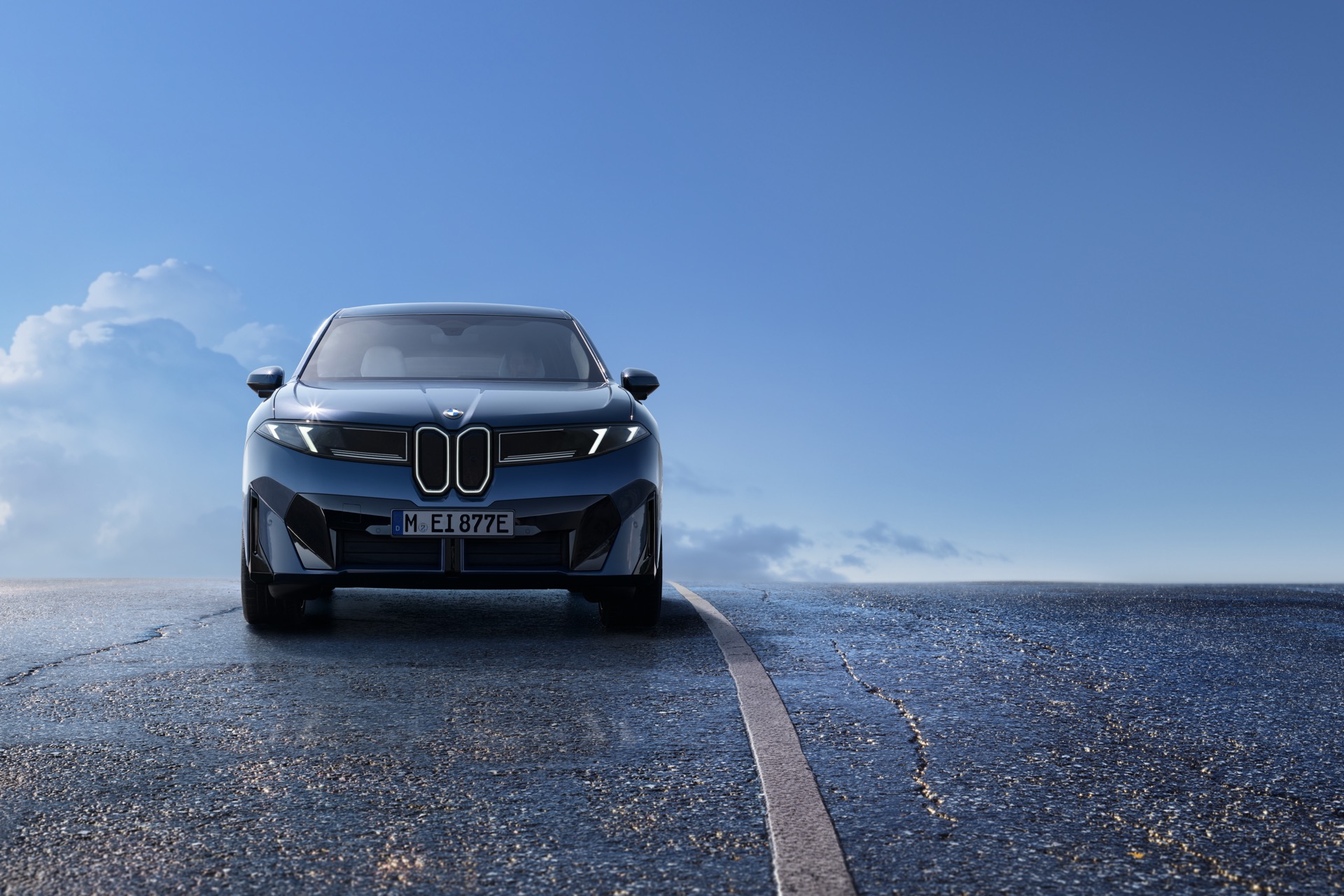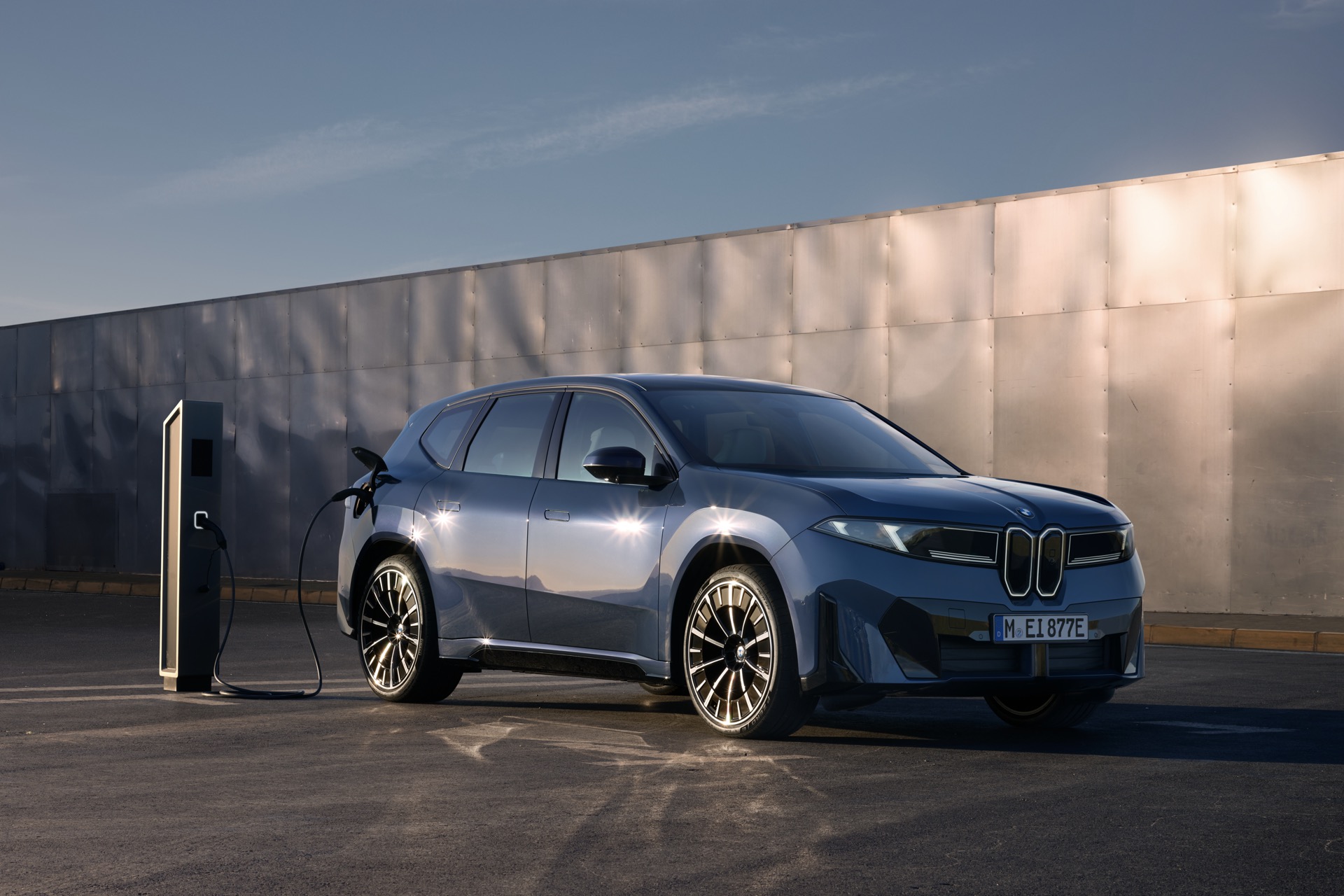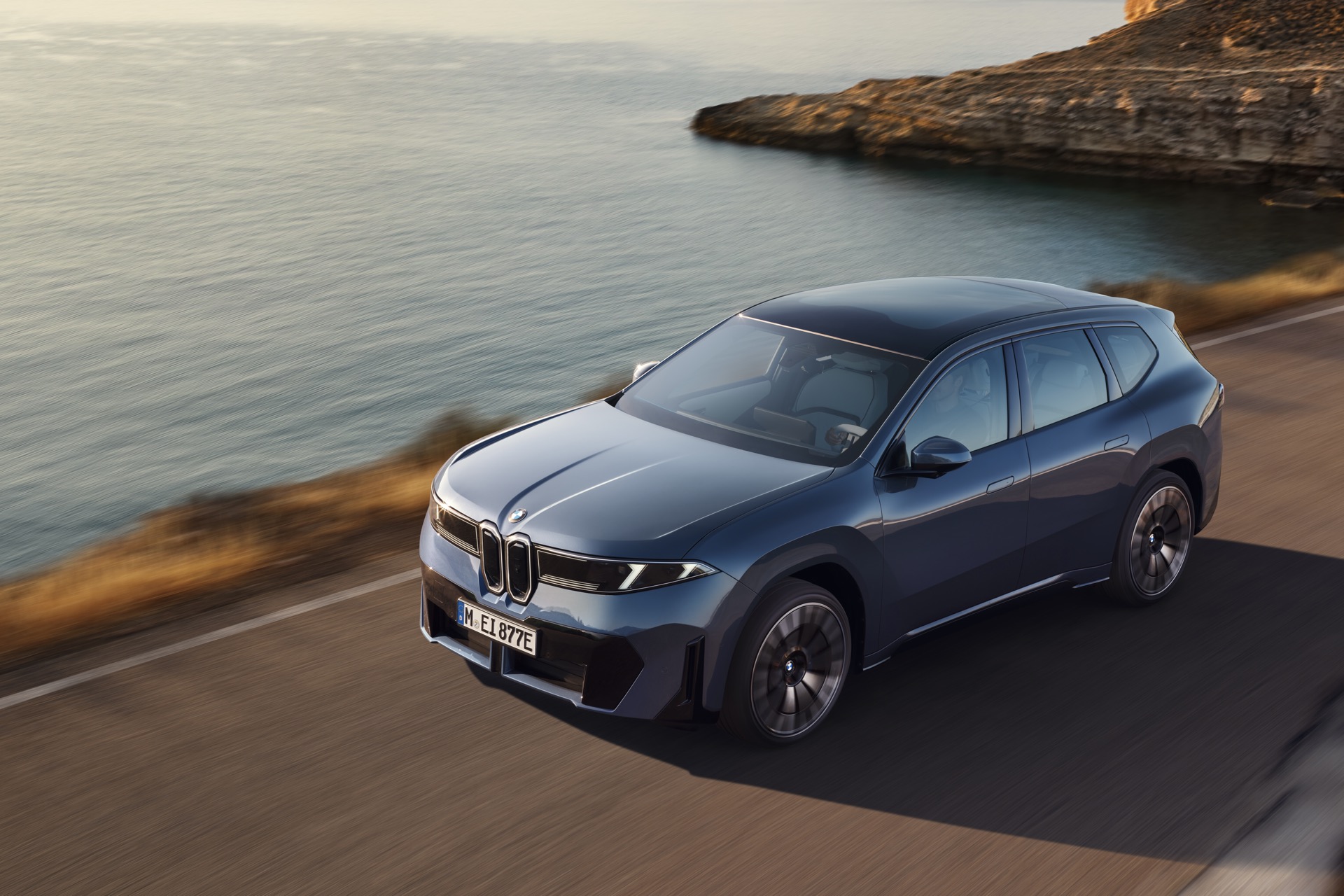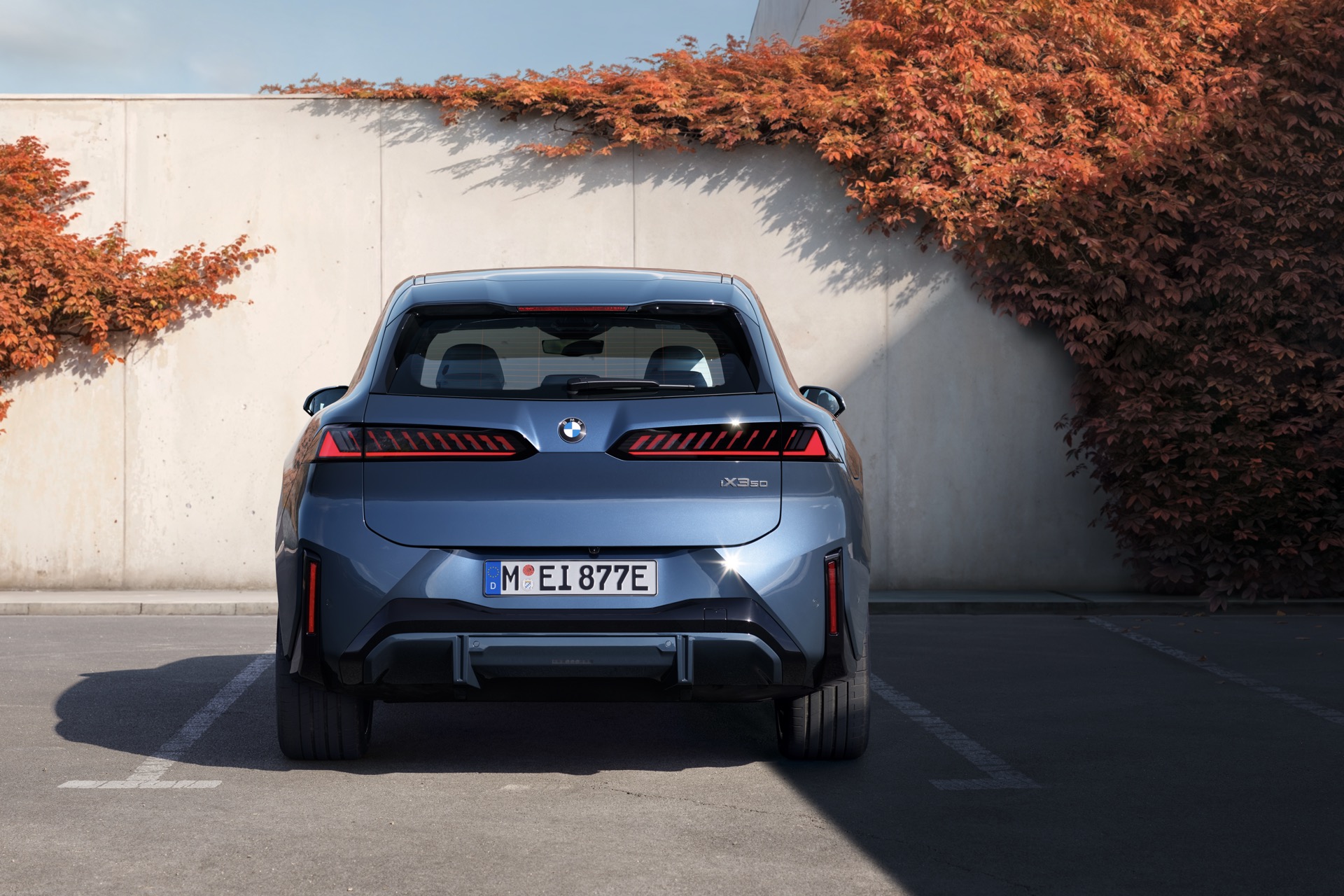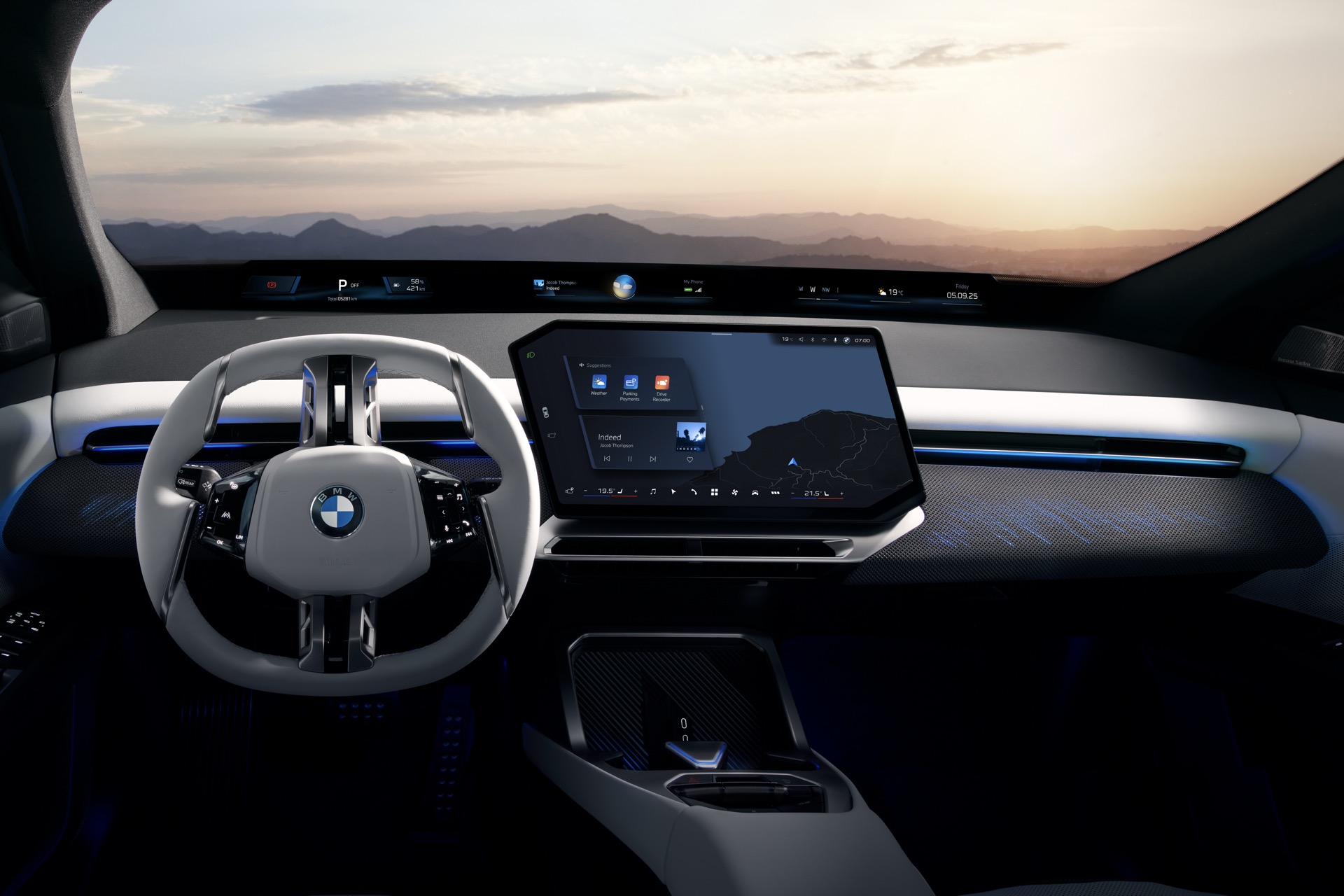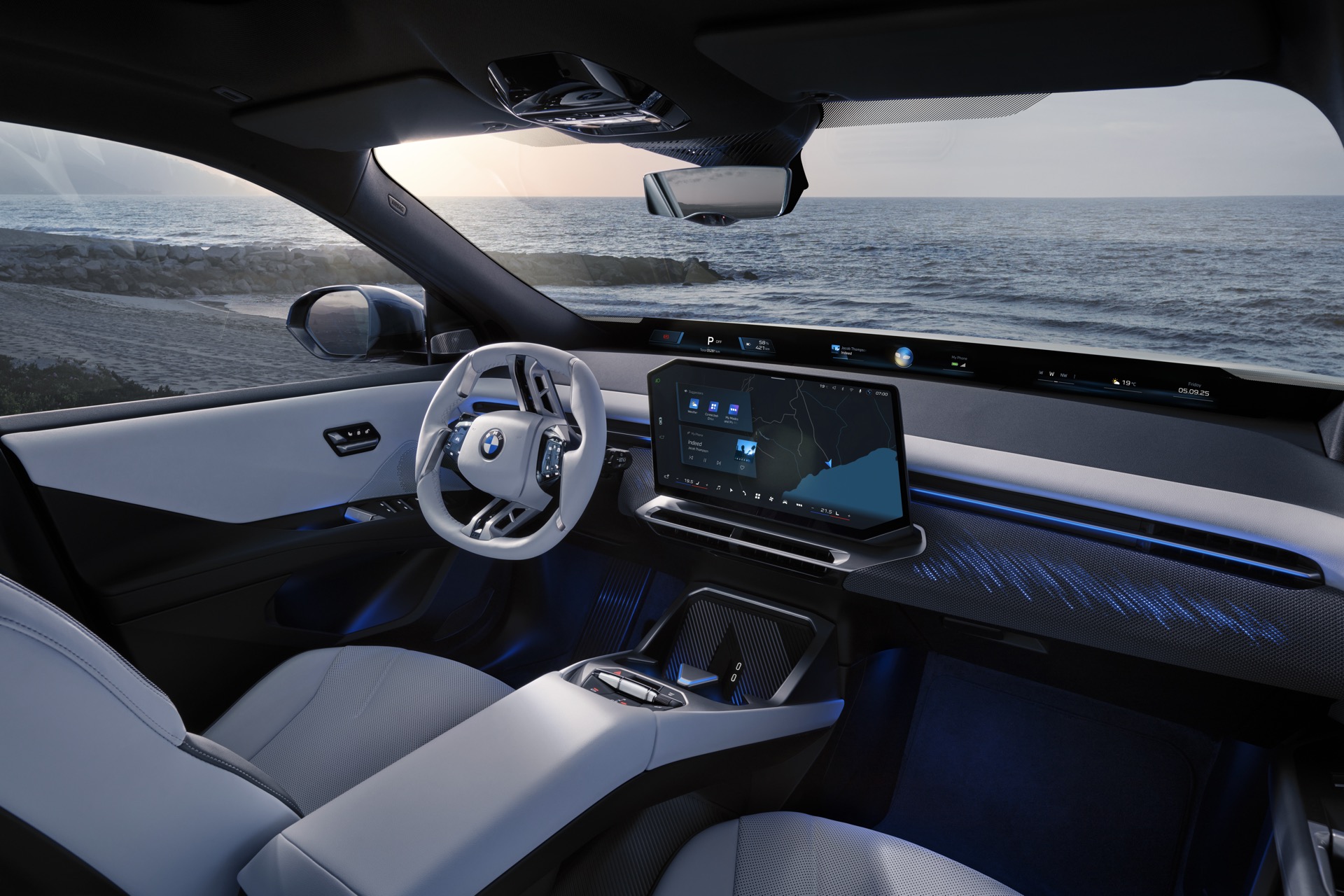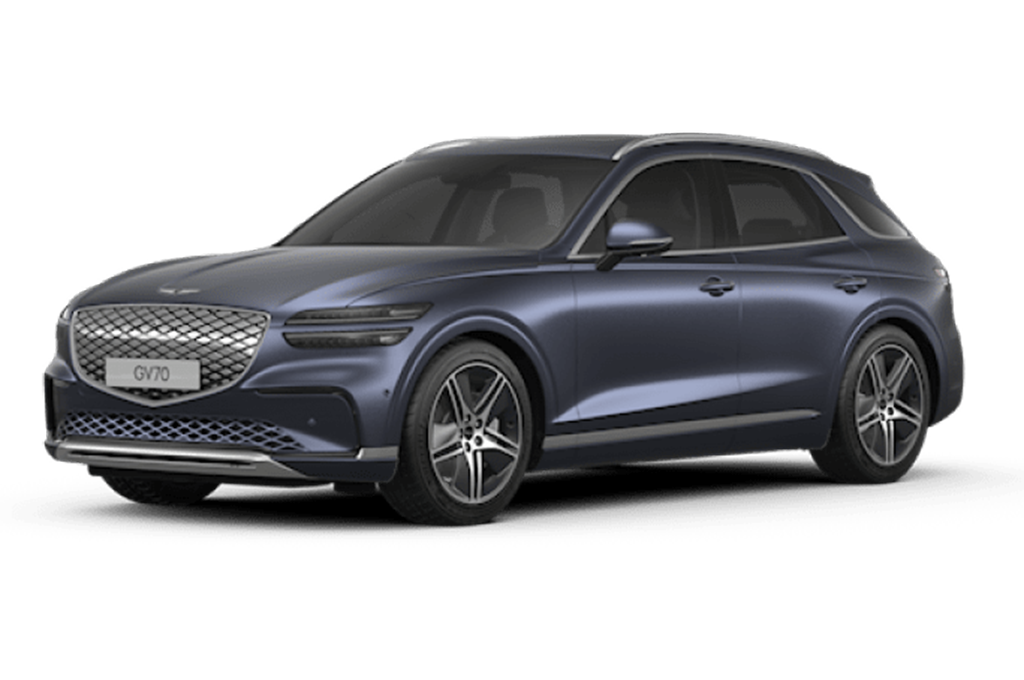Introduction - BMW iX3 Neue Klasse
You could argue BMW's first iX3 was a worthy but predictable effort, taking the existing combustion X3 and wedging a RWD battery drivetrain beneath. You can forget about that now. This one is all new. And we mean all-new.
The company refers to its upcoming line of EVs as the Neue Klasse, which was also the name for the range of sporty saloons that absolutely saved the then-languishing company in the 1960s. That tells you what a step-change they think the new cars will be.
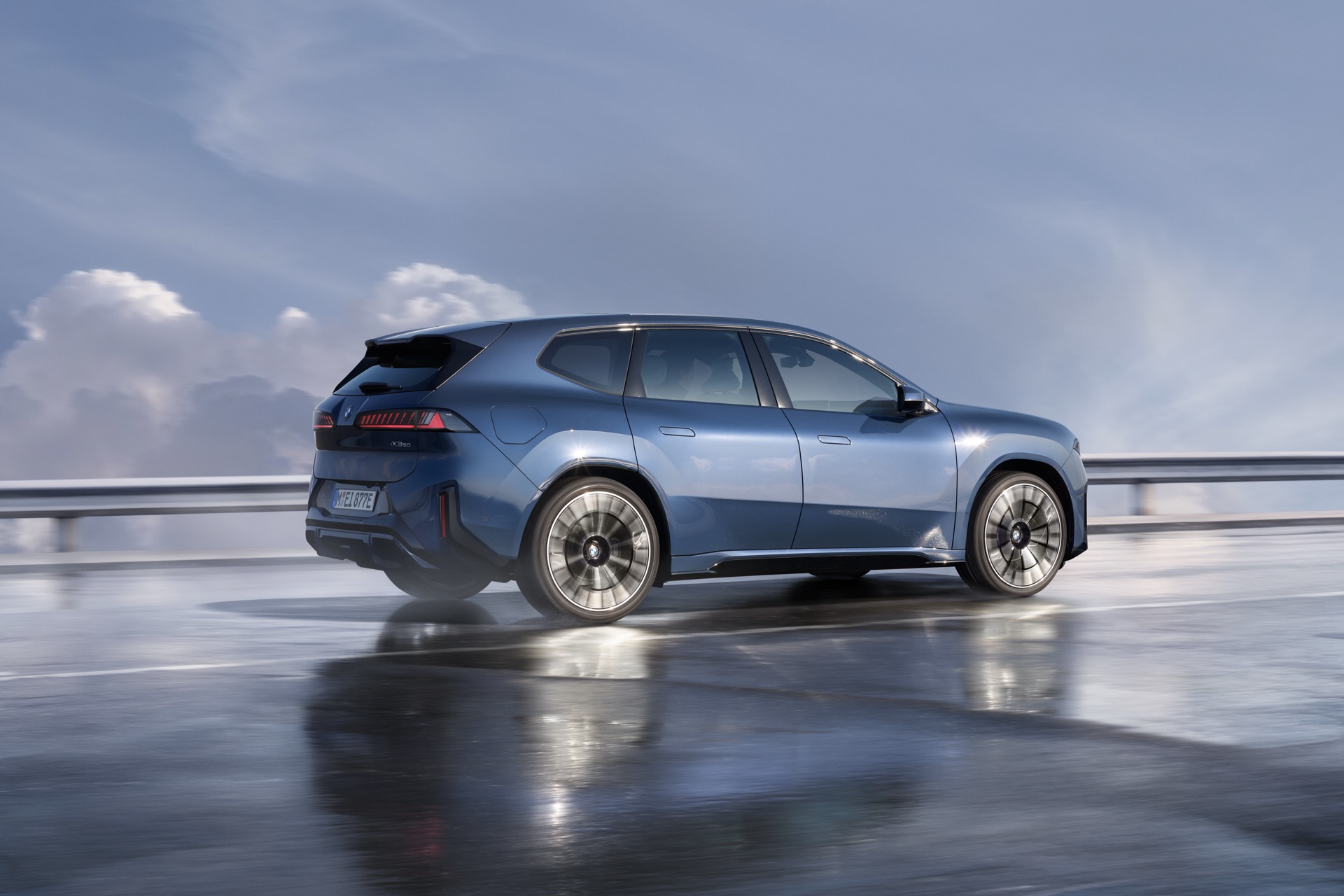
Chief among the tech extravaganza that this car showcases is its battery tech. New, cylindrical lithium-ion NMC battery cells replace the mattress-style battery cells of previous BMWs, and they are not only cheaper, they’re also lighter and more efficient. Which is one of the main reasons that BMW has managed to deliver a WLTP range of 500 miles, despite pricing now having dropped by some £7,000 over the outgoing BMW iX3 – to just under £59,000.
Sounds good? Yup, it really does. Although possible not if you’re the maker trying to sell the Audi Q6 e-tron, Mercedes EQE SUV, Tesla Model Y, Polestar 3 or any other £60- to £70,000 new electric SUV right now. The game has just changed…
Battery, Charging and Efficiency
The new BMW iX3 Neue Klasse gets the German brand’s new, sixth-generation battery tech, meaning a lithium-ion NMC battery with 108.7 kWh’s of usable capacity from the new, cylindrical battery cells. These cells hold 20% more energy and charge 30% faster than the setup you got in the previous iX3, and they give the dual motor iX3 xDrive50 a WLTP range of between 421- and 500 miles. That makes this the longest range electric car on sale in the UK.
Another change is that (instead of building the battery as a separate block) BMW has integrated it directly into the car's structure. This saves space, cuts weight, and makes the car stronger overall - all of which improves the driving experience.
The whole setup runs on BMW's new 800-volt electrical system, which means that the iX3 can charge at up to 400 kW. Which is properly fast, by the way. Faster than a Porsche Macan or Kia EV9, even – although the new Porsche Cayenne (which we’ve also driven a prototype of) does match that 400kW charging speed.
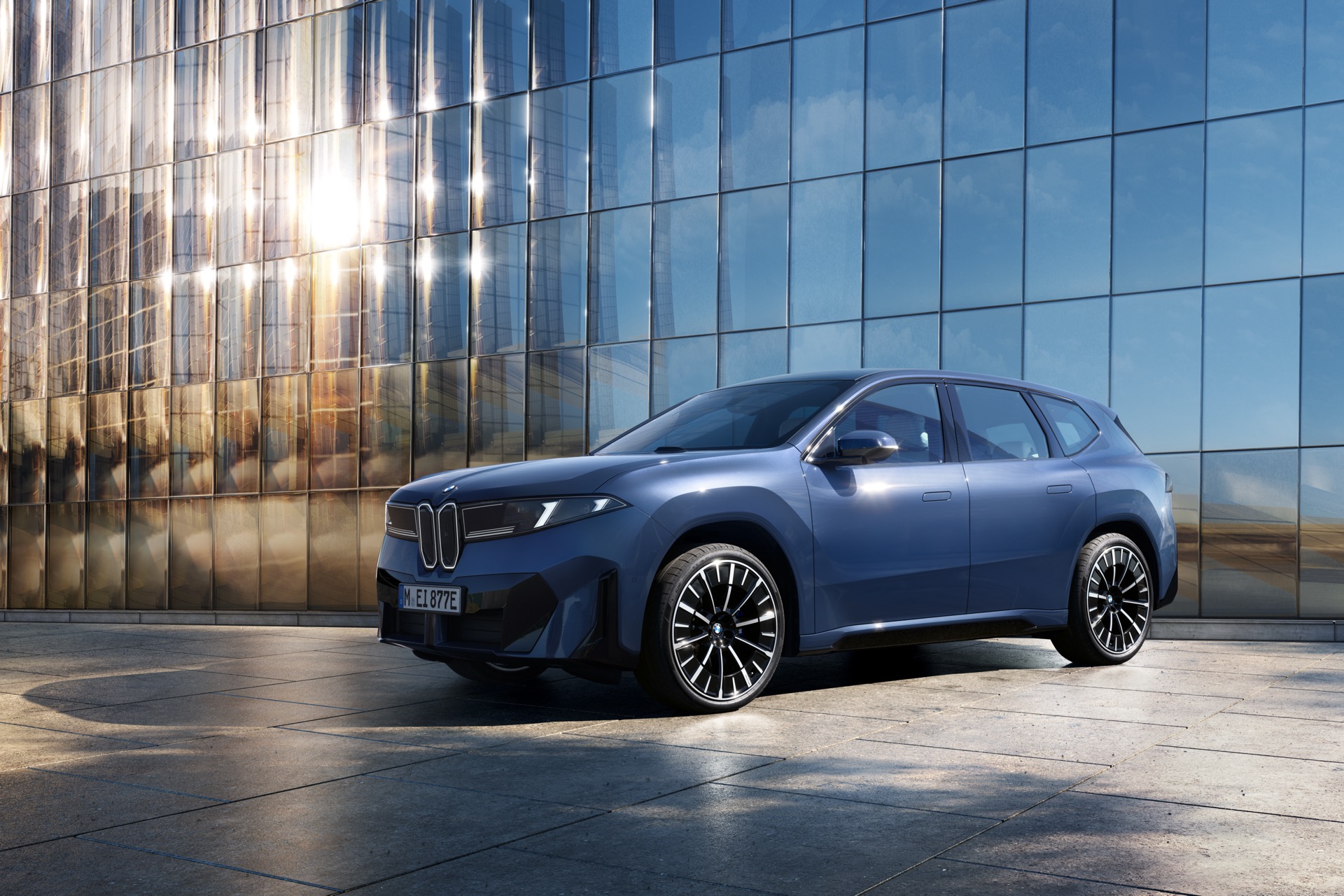
Basically, it means that a 400kW rapid charging station can potentially add over 200 miles of range in just 10 minutes. And assuming you can find a 400kW charging station, as they’re vanishingly rare in the UK. Still, you will find 350kW rapid chargers in many motorway services, now, and that won’t be much slower – it should still be under 15 minutes for your 200 mile top-up, in ideal conditions. A 150kW rapid charger will take around 30 minutes.
BMW is also ready for plug-and-charge, so it starts to draw current within seconds of your plugging in – no need for contactless card pre-authorisations.
Oh, and the BMW’s charging flap will automatically open when you park up at a charging station, too - something it learns through AI – and will close again when you unplug.
Practicality and boot space
Slide into the new BMW iX3’s back seats, and it feels as roomy as it does in the current X5. For an SUV that’s under 4.8-metres long, that’s impressive. I really like it back there – it feels classy, and even with a driver standard at 6ft 7” (I know, that’s seriously tall) comfortably seated in the driver’s seat, I can sit behind and have loads of space. It really is very spacious, so no complaints there.
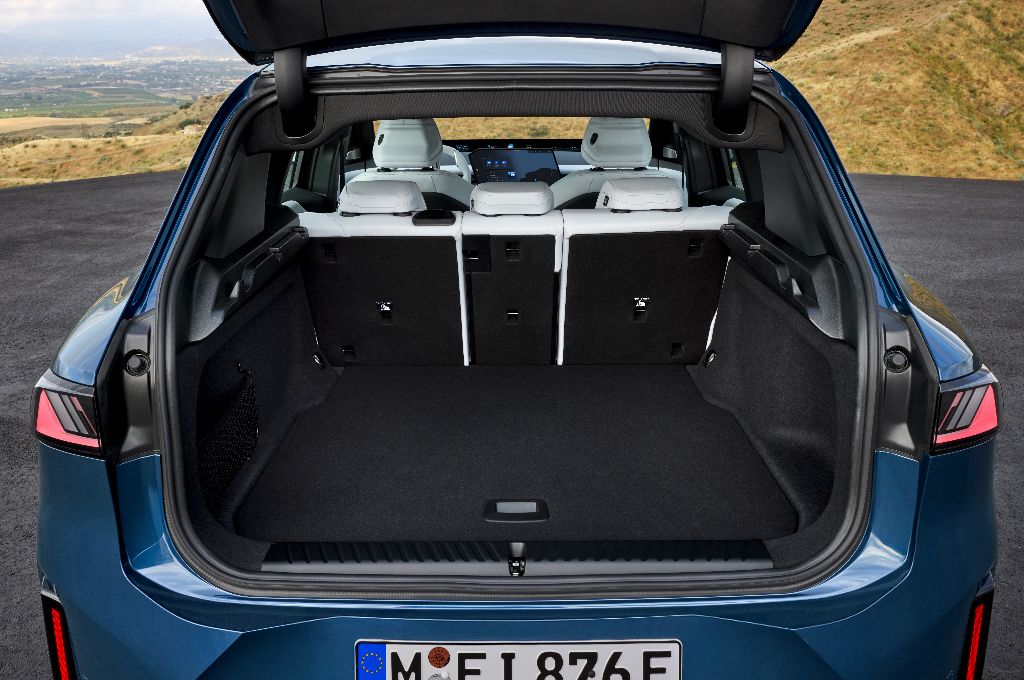
The boot is also a good size, and can be expanded from 520 litres to 1,750 litres with the 40/20/40 split rear seat backs dropped flat. There’s also a big, 58-litre storage space under the bonnet, which is ideal for storing your cables, or to keep your mucky wellies out of the boot – that kind of thing. Automatic tailgate operation is standard, and you can of course also fit a roof rack for those family holiday moments. You can also spec an electrically retractable tow bar, which will be useful for bike racks and can also be used to tow a braked trailed of up to 2.0-tonnes. old-in/fold-out trailer to tow up to 2 tonnes.
Interior, design/styling and technology
I think BMWs new direction comes across most clearly in the interior of the iX3 Neue Klasse. I love how pared back and minimal it is. Like everything else about this car - it’s a complete redesign, and we’ve lost the traditional instrument binnacle as well as the iconic iDrive controller wheel that first appeared some 20 years ago.
I think the general vibe from this design, and the material shades used in the car I looked around, is just far less blokey and more modern, but you’re welcome to tell me what you think by leaving a comment on the video on our YouTube channel. D’you like it? Too sparse? Let us know.
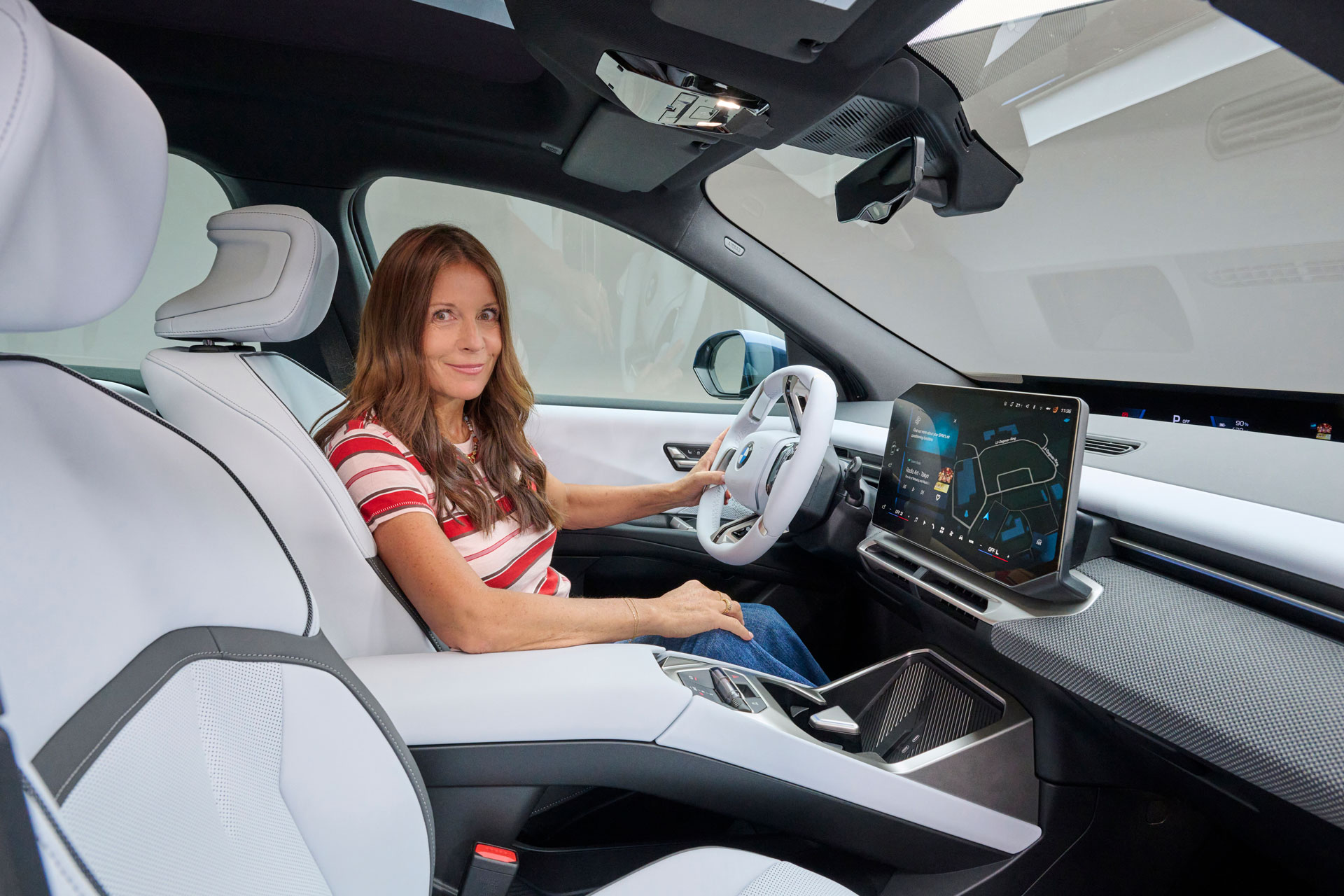
Anyway, the speed readout and other key info floats above the steering wheel rim, and is part of what BMW calls the Panoramic Display. This sweeping screen runs right across the base of the windscreen—and is visible to everyone in the car, showing your core driver info plus up to six customisable widgets.
Then you’ve got the main touchscreen, which now comes in a bold six-sided shape – which will be flipped for right-hand drive markets. One edge sits nice and close to the steering wheel, making it easy to reach key icons without leaning or searching.
And the system itself? It’s fast, responsive, and readable. Everything’s crisp and clear and easy to navigate. I like it!
I also love the futuristic steering wheel, although you can option a more traditional wheel if you’d prefer.
There’s all the other usual tech, so your phone can act as your key, there are over 60 apps available including streaming apps like Disney+ etc, and you can do video Zoom calls while you’re parked which switch to audio when you set off. Wireless Android Auto and Apple CarPlay are fitted as standard, and also sync to the head-up display. You’ll receive over-the-air software updates for the iX3’s system, just like you do on your phone.
Motors, performance and handling
I drove the new iX3 xDrive50 out in Spain, and I absolutely loved it! I mean, I had very high expectations but the BMW really lives up to expectations. This car gets 469hp from its dual electric motors – and is the only variant that is on sale in the UK right now, before various other models are introduced including a new, entry-level variant with a single motor.
The xDrive 50 has a 0-62mph time of 4.9 seconds. But most striking isn't the sheer power, but the smooth calibration of the accelerator. You can get just what you want when you want, without the occasional punchiness of many high-performance EVs. The motors are brand new, redeveloped for better efficiency, and neither of them use any rare-earth metals.
There is one single controller for all dynamic functions – motors, torque distribution, traction control and ESC, regenerative and friction braking and steering assistance. BMW calls it the Heart of Joy. Love the tech, but I'm not loving the name... Anyway, it means that all those systems work in harmony, and can react much faster than if they had separate controllers as almost all other cars use.
What does that mean for the way it drives? Well, if you can forgive it being called the ‘Heart of Joy’, it certainly delivers well-balanced responses from this big electric SUV’s systems. You barely feel the beautifully subtle traction and stability control, even in the wet. The steering has a very natural weight, and gives a good sense of the car's grip, which is evenly shared between front and rear wheels. It's all very confident.
The suspension is comfortable - absorbent without being floaty, even when you're cornering hard and the road dips or crests. Mostly, this feels like a nimble midsize hatch, not the heavy roomy crossover the dimensions say it is.
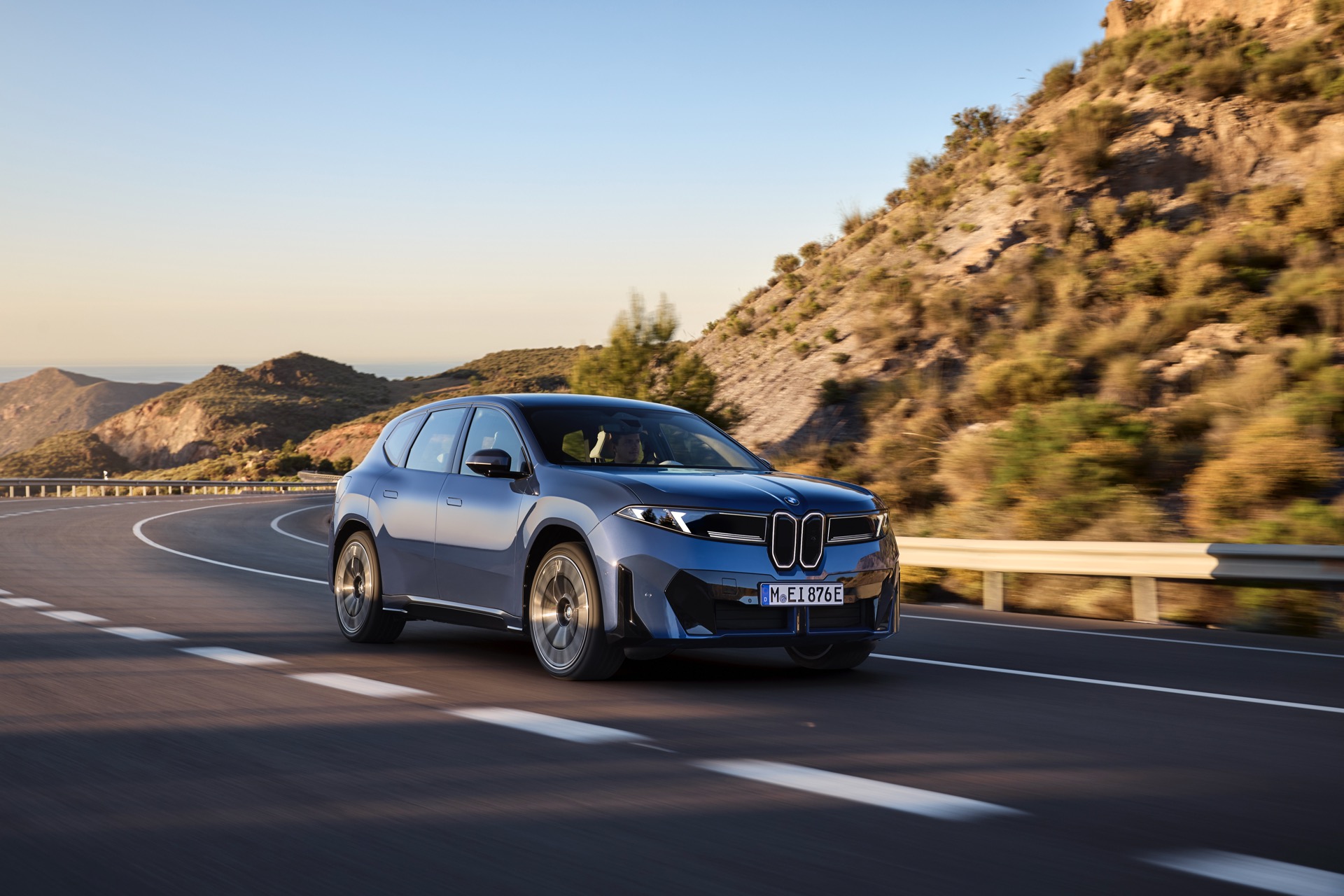
A special mention has to go to the brakes. Almost all braking is done by regeneration, which helps efficiency and avoids the uncertain feeling many EV brake pedals feel part-way down the travel. It also allows the car to roll to rest with a lovely liquid motion not a creaking jerk. Driving smoothly in traffic is a pleasure.
BMW isn't hyping any kind of 'self-driving'. It says (and we agree) that no manufacturer has nailed it yet, so best leave it out. But the advanced features that are fitted on this car work very subtly yet effectively, and if you're driving with attention they won't interfere. The self-parking is mighty impressive, too: easy to activate, quick, versatile and smooth.
Running costs and pricing
The BMW iX3 will initially be sold in the UK only as the dual-motor iX3 50 xDrive, and will be priced from £58,755 for the entry-level iX3, while the M Sport and M Sport Pro will get additional style and comfort features, with prices stretching up to £62,755. Even the basic 2026 BMW iX3 isn’t actually very basic, though: it includes 20-inch alloy wheels, the translucent dashboard lighting that you can see in our vid, heated front seats with electric adjustment, adaptive cruise control and some very lovely textile upholstery (which I, personally, prefer to leather).
We’ll have to wait and spend more time with the finished BMW iX3 xDrive50 before we can give you thorough real-world range feedback, but we’re certainly optimistic.
Verdict
Like I mentioned above; I think this is the most important car of the year. When I initially saw the range and tech on offer, it seemed like a game changer, but I was worried that it’d be a lot more expensive than its rivals. But at the price, for this level of equipment and new-era EV tech? This next generation BMW iX3 is going to make many of its rivals look rather expensive and dated… We're driving the finished production car later this year, so watch this space for an update and a new video!





